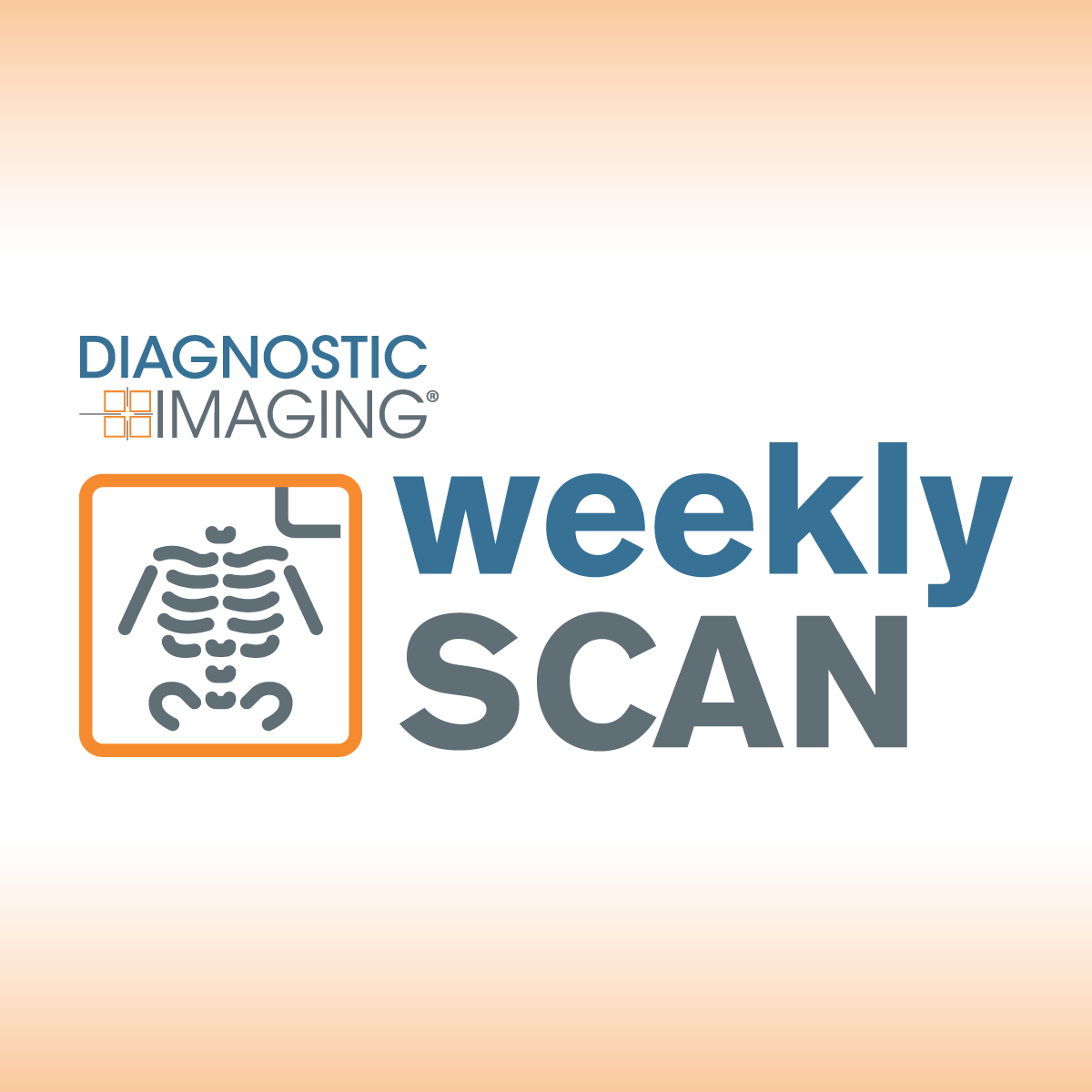
MRI
Latest News

Study Reveals Disparities in Use of Follow-Up Diagnostic Services After Abnormal Mammography Findings

Prostate MRI Study Examines Key Predictors of False-Negative and False-Positive Results
Latest Videos

More News
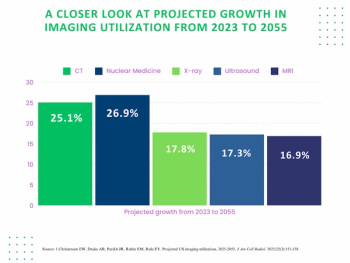
Reviewing current and emerging trends in imaging utilization and the impact of attrition rates and radiology residency positions on the field, researchers explore the future of radiology with two new provocative studies.
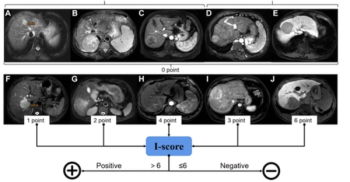
Preoperative use of the scoring system for gadoxetic acid-enhanced MRI demonstrated an average AUC of 85 percent and average specificity of 89 percent in external validation cohorts for pathologic features of hepatocellular carcinoma.
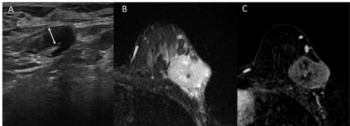
Anterior tumor location was over 14 times more likely to be associated with axillary metastasis after neoadjuvant treatment for breast cancer, according to new breast MRI and ultrasound research.

Catch up on the top radiology content of the past week.

Emphasizing the role of radiologists in facilitating timely diagnosis of Marfan syndrome, Alan Braverman, M.D. discussed the use of echocardiography, CT, and MRI in evaluating patients with this genetic aortic condition.
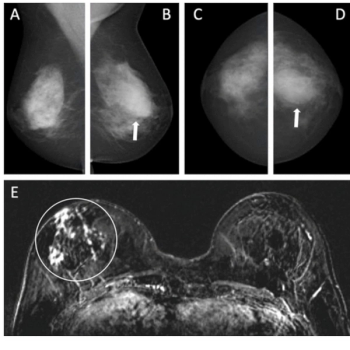
For women with intermediate risk and a personal history of breast cancer, an emerging AI system offered an 81 percent AUC for breast cancer detection, according to new research.

Catch up on the top radiology content of the past week.
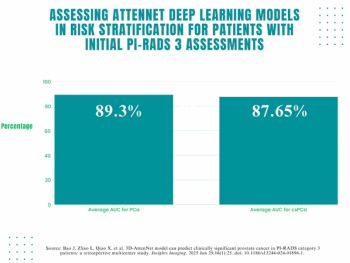
In external validation testing, a deep learning model demonstrated an average AUC of 87.6 percent for detecting clinically significant prostate cancer (csPCA) on prostate MRI for patients with PI-RADS 3 assessments.

Catch up on the most-well viewed radiology content in January 2025.
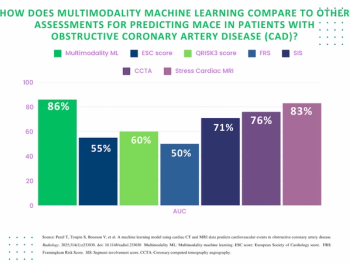
For patients with newly diagnosed obstructive coronary artery disease (CAD), a multimodal machine learning model offered an 86 percent AUC for predicting MACE, which was 10 percent higher than CCTA alone and over 35 percent higher than the Framingham Risk Score.

In a recent interview, Joshua Gowin, M.D., discussed emerging brain MRI research that showed a significant association between heavy lifetime use of cannabis and reduced brain activity for working memory tasks in young adults.
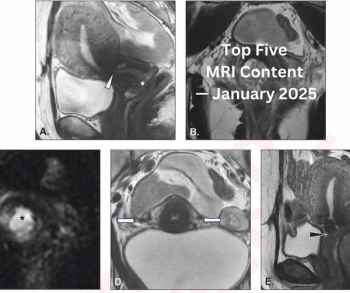
Catch up on the most-well viewed MRI content in January 2025.

Catch up on the top AI-related news and research in radiology over the past month.

Catch up on the top radiology content of the past week.

An emerging deep learning radiomics model based on biparametric MRI (bpMRI) offered a 14 to 17 percent higher AUC range than PI-RADS scoring for predicting the aggressiveness of prostate cancer, according to new research findings.

For patients with mild cognitive impairment (MCI), early changes with respect to decreased intra-network connectivity involving the default mode network or salience network may aid in differentiating between the development of Alzheimer’s disease and Parkinson’s disease, according to new MRI research.
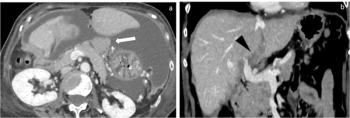
In an update of previous guidelines from the European Society of Urogenital Radiology published in 2010, a 21-expert panel offered consensus recommendations on the utility of CT, MRI and PET-CT in the staging and follow-up imaging for patients with ovarian cancer.

Catch up on the top radiology content of the past week.
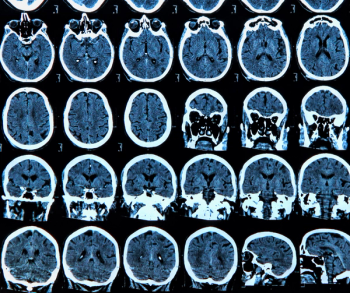
The CDM Insights software, which can be utilized with scans from 1.5T and 3T MRI, reportedly provides new measurements of cortical thickness and brain microstructure.

Deep learning synthesis of contrast-enhanced MRI from non-contrast prostate MRI sequences provided an average multiscale structural similarity index of 70 percent with actual contrast-enhanced prostate MRI in external validation testing from newly published research.
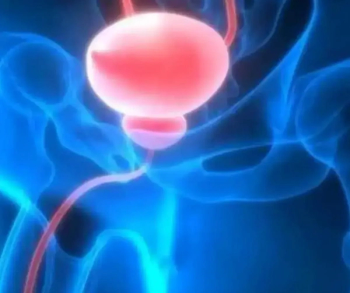
Employing baseline MRI and clinical data, an emerging deep learning model was 32 percent more likely to predict the progression of low-risk prostate cancer (PCa) to clinically significant prostate cancer (csPCa), according to new research.

Catch up on the top radiology content of the past week.
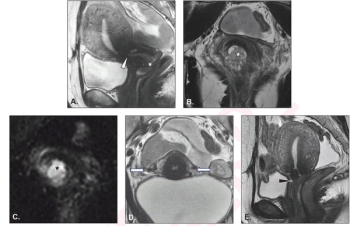
In a literature review that includes insights from recently issued guidelines from multiple European medical societies, researchers discuss the role of magnetic resonance imaging (MRI) in facilitating appropriate patient selection for fertility-sparing treatments to address early-stage endometrial and cervical cancer.
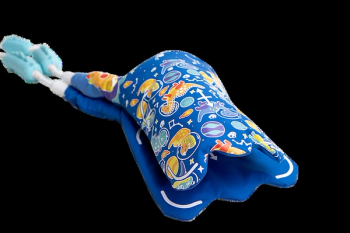
InkSpace Imaging’s 24-channel MRI coil, which will be included in Magnetom 1.5T scanners from Siemens Healthineers, reportedly facilitates quicker set-ups for technologists and enhanced spatial resolution.
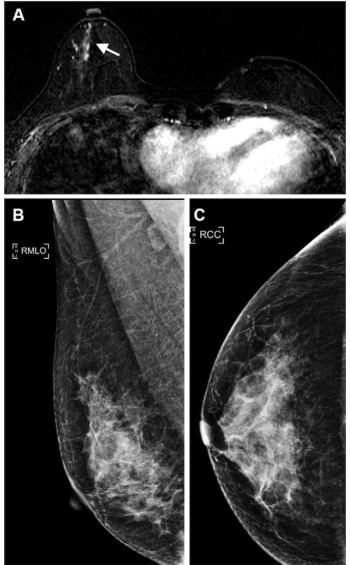
After propensity score matching in a study of over 3,000 women with a personal history of breast cancer, researchers found that surveillance breast MRI facilitated a 59 percent lower risk in advanced presentations of second breast cancers.


